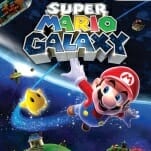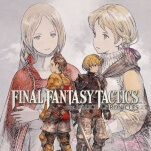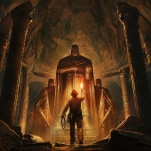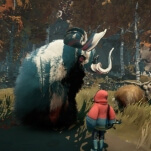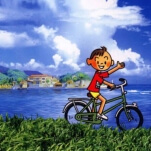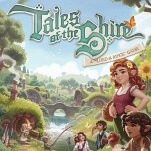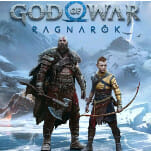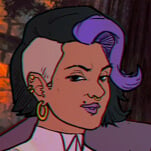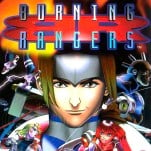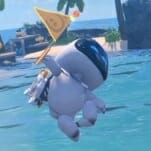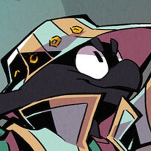I’m Going to Hold onto Summer as Long as I Can with These 6 Classic Games
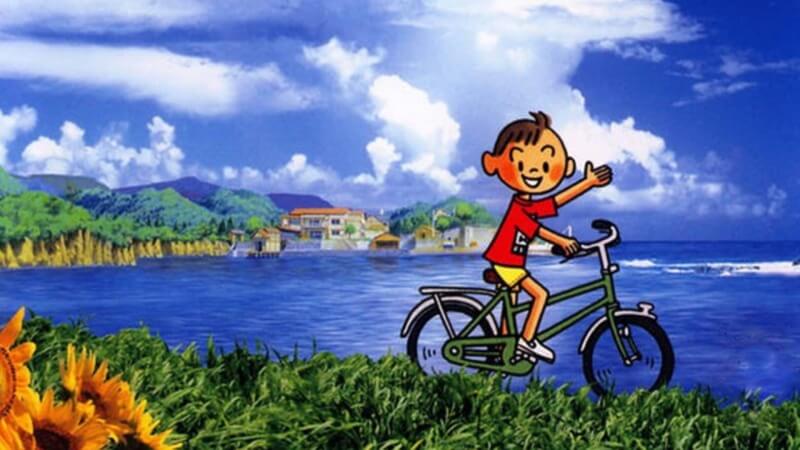
There are at least three different ends to summer. For astronomers, the sun appears to cross the celestial equator around the 22 of September, and the darkness grows. For meteorologists, summer begins on June 1 and ends on August 31, defined by the annual temperature cycle and the three warmest months. And then for everyone else, Labor Day hits and our lives collapse as the reality of school settles in and the coming dread of dead leaves overtakes our lives.
If you can believe it, I used to like autumn. Even winter! But the older I’ve gotten, the more I’ve come to crave the heat and brightness of summer—even as my medications make me so much more susceptible to both. I’ve spent much of this summer inside, tragically. Between America’s seeming final paroxysmal gasps of “Democracy” and an intelligible economy, a constant series of brutal heatwaves, and the emergence of “Razor Blade Throat COVID,” there have simply been less opportunities for me to “get out and enjoy the summer.” And so, like Margot from Ray Bradbury’s “All Summer in a Day,” I’ve felt myself becoming wan and waxen, delving into remembrances of the time before my parents dragged me from a childhood in Ohio to the endless rains and merciless children of Venus.
In the coming week, the tireless writers of Endless Mode will indulge themselves in all manner of essays centered around a general theme of returning to school as the country prepares for the annual acceleration of “Cinnamon, Nutmeg, Allspice in Everything” Discourse Season. But as I am shoved into the closet, I will be holding on to every possible remembrance of summer in each of these classic video games.
Town & Country Surf Designs: Wood & Water Rage

Ignore the weird mouthful title that no one ever remembers. If someone tells you about this game they’re going to call it T&C Surf Designs or “the surfing/skating game with the gorilla and the tiki guy” because that’s what it is. And it’s the first of LJN’s appearances on this list.
LJN Toys Ltd. is the company that brought you the invisible ink-shooting/class action nightmare toy guns licensed with the box office bomb Gotcha! They made a lot of questionable moves in the era of the NES. Okay, they made a lot of questionable moves after they were swallowed up by Acclaim, too. It’s a wonder how they survived as long as they did. But if there’s one game to grab your Zinka over, it’s this extremely 7/10 side-scrolling obstacle course skateboarding game with a largely inscrutable 4/10 surfing game tacked onto it. Minigames getting smashed together into a coherent package was a completely legitimate way to make games in the ‘80s, and if you had a decent gimmick and solid-enough gameplay you could become a legend.
With an emphasis on bright color and bold aesthetics, surf brands were everywhere in the ‘80s. If you weren’t there, you might not understand why kids who had never left Montana were wearing Billabong, Quicksilver, and Vision Street Wear, or why parents who had never been anywhere near a surfboard knew what Sex Wax smelled like and were horrified by the name. Look, I never saw Living Colour’s Corey Glover on a beach and certainly not a surf board, but goddamn did he look fly as fuck in his Body Glove short john wetsuit and iridescent blazer. I can’t even tell you how many Ocean Pacific shorts I went through, but I’ll never forget my T&C Surf Designs t-shirt that got ruined on a trip to King’s Dominion by a classmate’s sloshing Hawaiian Punch.
Collectively known as “Da’ Boys” the main characters that elevated T&C to popular consciousness were the real surfer inspired creations of artist Steve Nazar. Without them no one outside of Pearl City would probably have given much attention to Town & Country. And because Thrilla Gorilla, Joe Cool, Tiki Man, and Kool Kat (where was The Caveman?) translated immediately to 8-bit gaming they made the perfect theming for this vibes-not-substance classic. Surfing as an anthropomorphic cat in a tuxedo or skateboarding over outlandish obstacles as a weird little freak in a tiki mask and board shorts is one of the purest distillations of what everyone who wasn’t a surfer or local thought of coastal life. The still-extant Town & Country Surf Designs may have obliterated any trace of Da’ Boys, and LJN isn’t even a memory anymore, but we’ll always have this middling fantasy of surf and skate culture to remind us of how desperate we once were to escape The Gipper’s nightmare.
Boku no Natsuyasumi 2: Umi no Bouken-hen

I was nine years old when my sister was born. My stepfather was woefully under-prepared to run a household and a business while my mom spent the last weeks of her pregnancy predominantly on bed rest. And while I wasn’t sent away to stay with my aunt and uncle who run a bed and breakfast in a remote coastal hamlet in the summer of 1975 in Japan, I think maybe if I had it would have been better for everyone.
Few games have encapsulated for me the wonder of childhood, the anxiety and confusion injected by the world of adults (and the general weirdness of other people) the way my time playing Boku no Natsuyasumi 2 did. Sure, there are others in the series from the studio that brought us Attack of the Friday Monsters! A Tokyo Tale (a game that treads similar territory). But this was my first Boku and I played through it with a friend, and that makes it more special than others.
Like many of Millennium Kitchen’s games, this is a wistful and charming reflection. It is intensely nostalgic and makes no claims otherwise. Days are filled with bug collecting, fishing, swimming, wandering around being a weird unsupervised latchkey kid. And while the game revels in its specificity of place and time (and I’m choosing to believe this the true outlandish summer recollection of Millennium Kitchen founder, Kaz Ayabe), there’s a tremendous depth of universality in every moment. Boku is a game about spending time from the point of view of a nine-year-old, and all the confusion, weirdness, and wonder that entails, most adeptly portrayed in the frequently cryptic conversations with people older than Boku. There’s a sad teenage girl who listens to the same record every night longing for a family dynamic she’ll never have that mirrors the awkward model rocket boy who loves her. There’s a weird Australian photographer and a cucumber-loving artsy college girl who plays guitar and sings. The weirdness of your out-of-work uncle and the questionable patience of his wife while she manages their rowdy children. Each day brings the novelty and more crucially its lack, as the island fills out with the tragic, boring, heartfelt and thoroughly human lives to leave their lingering impression on the main character to record in his diary.
-

-

-

-

-

-

-

-

-

-

-

-

-

-

-

-

-

-

-

-

-

-

-

-

-

-

-

-

-

-

-

-

-

-

-

-

-

-

-

-








